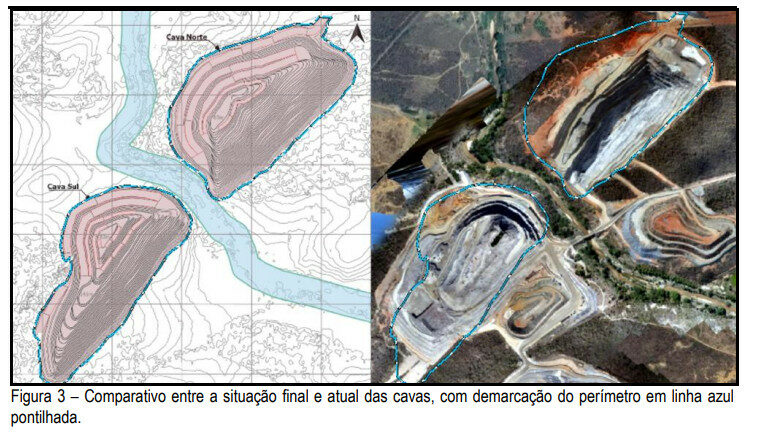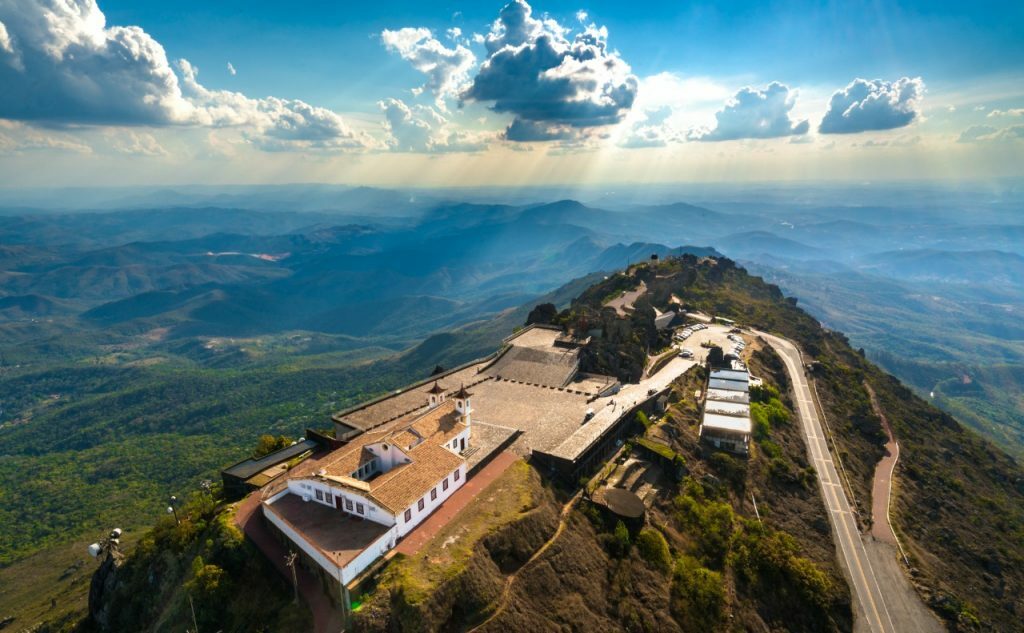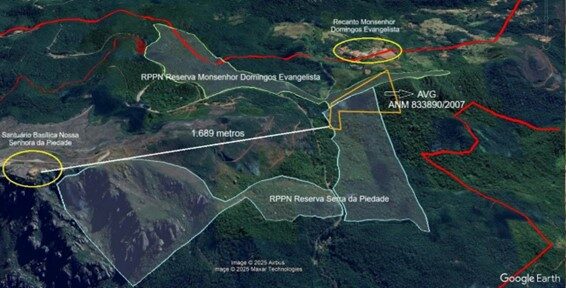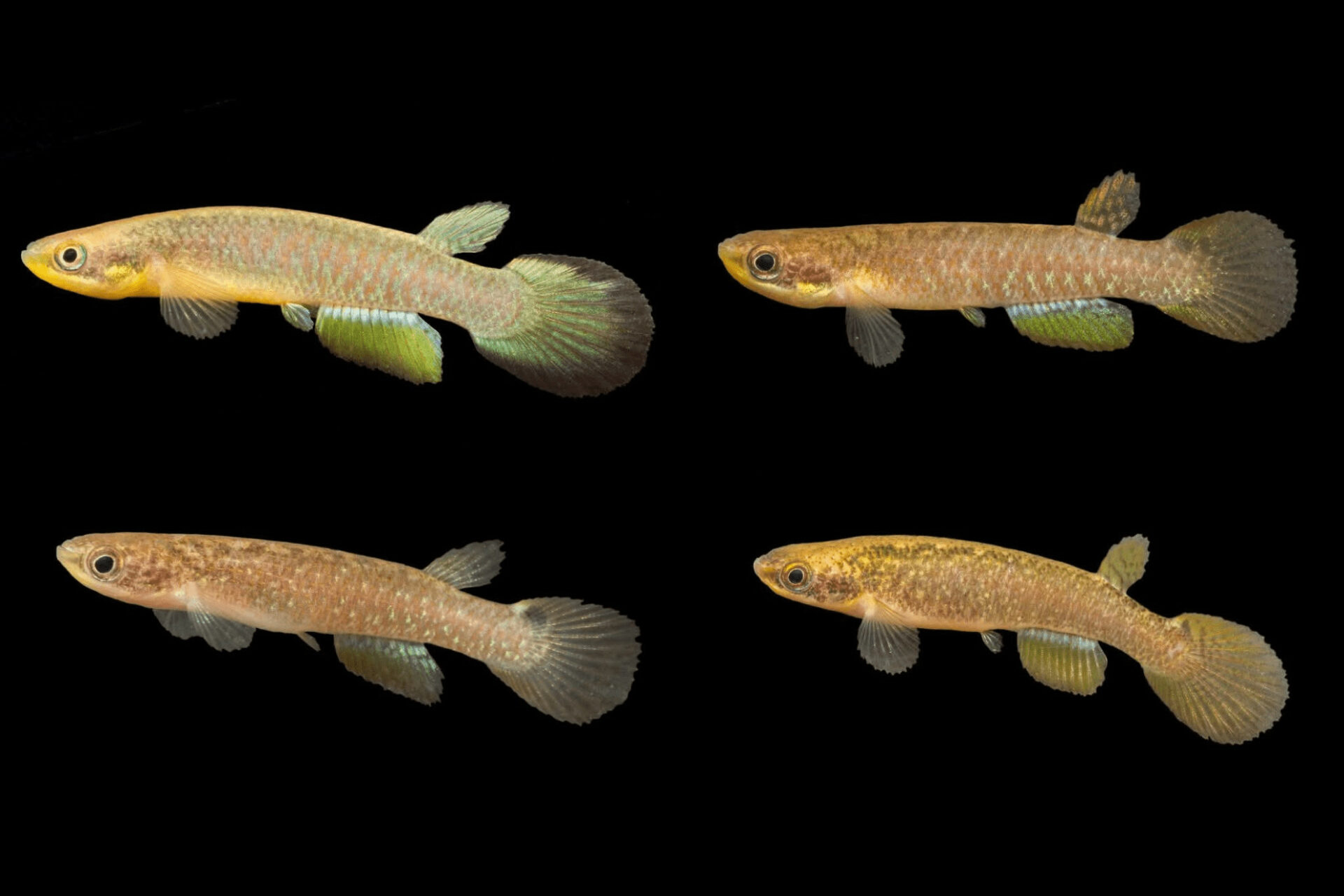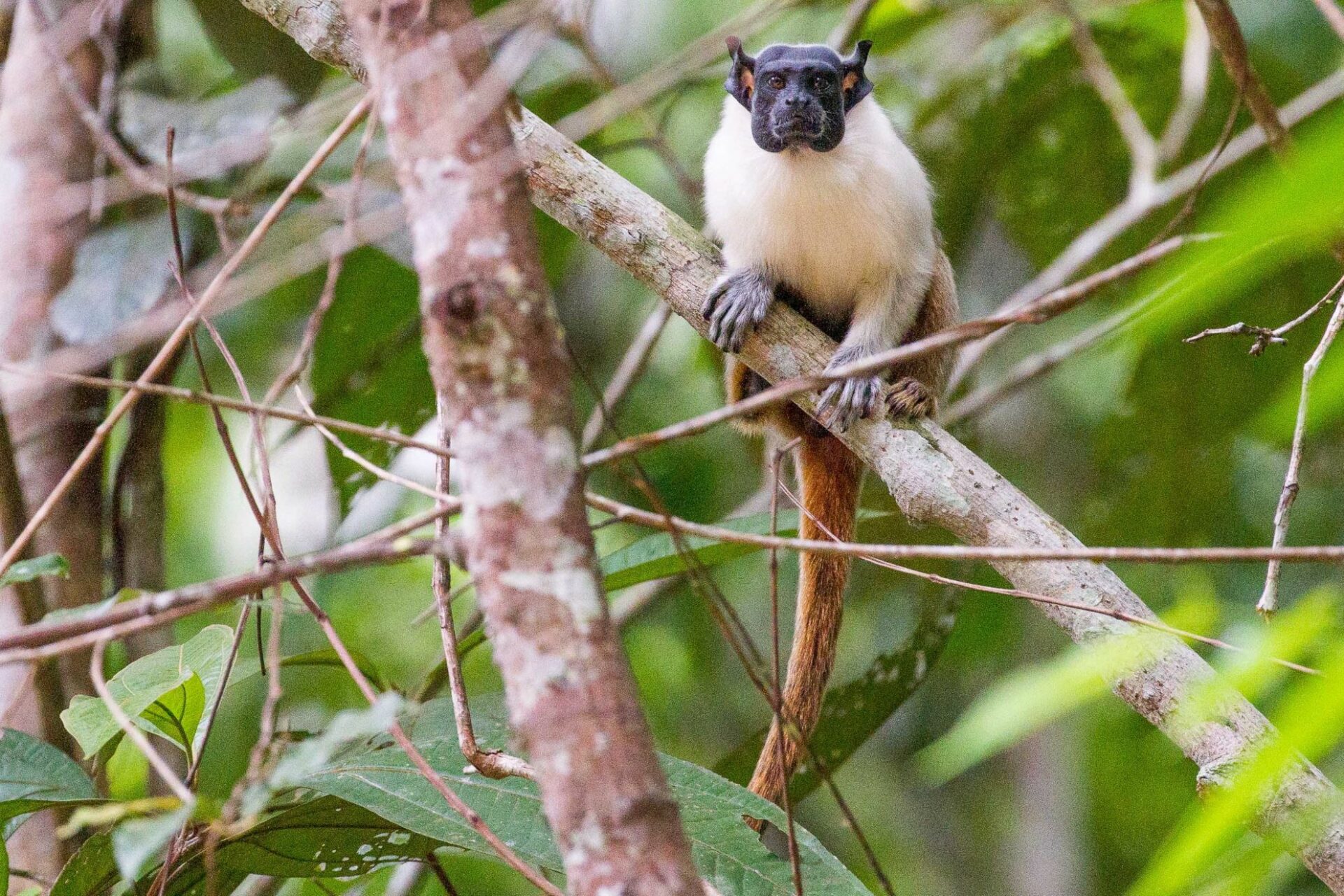Story by Lucio Lambranho
Translated by Gabriela Sarmet
Edited by Maurício Angelo
A research carried out by the Mining Observatory reveals an exponential increase in requests for mineral exploration in the Brazilian offshore sea. Around half of the 950 applications registered with the National Mining Agency (ANM) were filed between 2020 and the end of 2024, part of a historical series that began in 1967.
From 1967 to 1999 there were only 36 requests, which increased to 201 in the following decade, from 2000 to 2010, rose to 257 registrations from 2011 to 2019 and has really skyrocketed since 2020, explained by the economic context, the pandemic, the acceleration of the energy transition and the search for critical minerals, including expansion under the Bolsonaro government and global geopolitical issues. There were 456 registrations for seabed mining at the ANM between 2020 and 2024 alone.
The mineral resources with the highest number of applications are phosphate (351) and potassium salts (126), followed by 121 applications for three types of limestone and 58 for limestone shells, all of which have potential for use in the fertiliser industry.
Part of this boom in interest in fertilisers is part of Brazil’s quest to reduce its dependence on imports and is explained by the moves made during Jair Bolsonaro’s government to increase fertiliser exploration in the country.

Critical minerals that are the target of international greed and vague agreements with the United States and China that lack environmental and social safeguards, as we have shown in two reports on the subject, are also on the list. Among them, ilmenite has the most applications, with 55. Titanium appears with 22 registrations and lithium with 19 requests.
The ANM data also shows 28 processes for extracting rock salt at sea. Of these, 14 are in Espírito Santo and three in Rio de Janeiro. Rock salt is the substance behind the Braskem disaster in Maceió , on the ocean coast, one of the world ‘s biggest ongoing mining disasters.
Among the main types of mining on the ocean floor, the so-called manganese nodules are associated with this race to extract strategic minerals. In the second half of the last century, these nodules were not considered for mining because manganese, the main chemical element contained, is a low-value commodity. But the search for an accelerated energy transition has changed the international scenario and the demand for these metals in Brazil. This is what Andre Klumb, a professor in the Geology Department at the Federal University of Bahia (UFBA), believes.
‘In the current scenario, the fact that cobalt, nickel and copper are used in electric car batteries means that there is a rush to mine the ocean floor. They are located in the so-called abyssal plains, water depths of around 3 km, and one of the main mineralised areas is in the Pacific Ocean. In Brazil, these nodules occur mainly in the southern region and are being studied by the Geological Survey of Brazil (SGB),‘ explains Klumb, a geologist with over 25 years’ experience working in the field of mineral exploration in Brazil and abroad.
In response to a request from Mining Observatory through the Brazilian Law on Access to Information (similar to Freedom of Information Act in US), the SGB states that the percentage of mapping of Brazil’s submarine territory is 10.85%, including knowledge of marine geology in shallow, medium and deep waters on the extended continental shelf and in the international area that includes the work of the Geological Survey.

Feature photo: A nodule collection vehicle is ready to be launched from a mining ship / Global Sea Mineral Resources
International geopolitics for energy transition accelerates requests for offshore extraction
Paulo Sumida, director of the Oceanographic Institute at USP (University of São Paulo), says that the increase in the number of applications to the ANM is related to the search for critical minerals in the sea and a global race to try to zero carbon emissions in the medium term.
‘The geopolitical situation doesn’t help, with frequent clashes between China and the US for supremacy in the area. This means that access to these minerals represents huge economic advantages. This is also being reflected in our country, which has an extensive coastline and great potential for exploiting these resources,’ he says.
Sumida’s environmental concern centres on the loss of marine biodiversity. According to the researcher, deep-sea areas are extremely biodiverse and have very different rhythms to those found in shallow waters, which is why there is a need for special management in these areas.
‘I think the scientists’ warning about the danger of such exploitation could mean pressure for a moratorium on exploitation. In fact, we want to exploit a huge area without even knowing what the real impact will be globally. Today we are living through three main planetary crises: the climate crisis, the biodiversity crisis and the pollution crisis. We can’t deal with one without addressing the others. The loss of biodiversity is a serious issue that could cause an ecosystem collapse unprecedented in human history,’ he believes.
The USP researcher also believes that Brazilian diplomat Letícia Carvalho , elected in August as executive secretary of the International Seabed Authority (ISA), the United Nations’ arm on the subject, can improve environmental control in this type of exploitation.
‘With the arrival of the new secretary, the authority will look more at conservation and, at least, at more sustainable solutions with regard to the use of these resources. The previous administration was much more focused on resource exploitation and there was more pressure for this to happen as soon as possible,’ adds Sumida.
Threat of environmental impacts in the ocean is massive and expert says Brazil is unprepared
Just like mining on land, mining at sea is surrounded by environmental dangers. Klumb explains that Brazilian deposits are extracted by dredging and scraping the ocean floor.
‘The environmental impacts related to researching and exploiting resources on the ocean floor by dredging the seabed would generate a sedimentation plume capable of travelling very long distances depending on the density of the material in suspension. With sea currents, this would eventually cover the surface of algae and corals located kilometres from the mined sites, as well as directly affecting the existence of species that live in the seabed sediments,’ he warns.
For the geologist, there is a generalised feeling that the sea recycles everything, but this is not part of the Brazilian reality, as ‘we struggle with predictable problems such as fires and floods. The supervisory bodies, in general, are all scrapped (especially in Brazil)’. For this reason, the geologist raises a series of questions.
‘We have to ask ourselves how this type of project would be monitored. How far will these plumes of suspended sediment be able to travel and what will be the composition of this material; what impact will the square kilometres of area dredged daily have on the fauna of the seabed; what will happen to the environmental liabilities of certain companies that don’t comply with the international or domestic legislation in force? If we just use common sense, we’ll realise that for this type of mining to work, we first need to improve the ethos of everyone involved. If we still have problems with surface mining and the environment, it’s because we’re not prepared to mine the ocean floor,’ he argues.
Klumb also argues that the thesis of the manganese nodule mining supporters doesn’t hold up. ‘The justification used is that this type of exploitation has come to solve environmental problems related to global warming. In my opinion, this kind of narrative is unhelpful and is made solely with the aim of sensitising public opinion and thus diverting the focus from the real impacts that will be caused by the project. These issues need to be discussed clearly and without demagoguery so that an understanding can be reached that includes preserving the oceans. There is no society without mining and I am in favour of mining, but I don’t think the time has come for this type of extraction,’ says the researcher.
For the UFBA professor, before thinking about exploring for minerals on the seabed, Brazil should rethink the reuse and utilisation of mining waste in degraded areas, considered to be environmental liabilities. ‘With technological advances, we hope to make progress in this direction and then, if necessary, think about possible exploration (research) and exploitation (extraction) of sensitive environments such as the ocean floor,’ he says.
For Norberto Olmiro Horn Filho, a professor in the Geology Department at the Federal University of Santa Catarina (UFSC), extraction from the seabed (exploitation) can generate ‘severe environmental risks’.
‘Mainly to the animal and plant biota that live on the surface of the ocean floor or in the water itself. When it comes to mineral exploration, the fragility of the area to be mined must be known very well, and proper and responsible mineral licensing is essential. In any exploitation, whether continental or oceanic, there will always be mitigating measures for probable environmental impacts, provided that they are previously studied and evaluated at the time of mineral licensing,’ he says.
According to the UFSC professor, in addition to critical minerals, other materials may be related to the increase in ANM processes. One of them, the filling of beaches – represented by the increase in requests for sand extraction – is also surrounded by environmental controversies and economic costs, especially in Santa Catarina .
‘The exponential increase in mineral requirements for specific oceanic substances must be related to the scarcity of continental mineral resources, combined with the importance of the Blue Economy as a mineral source. An example of this are the deposits of sandy sediments exploited from the outer continental shelf as an artificial feeder for sandy beaches under coastal erosion. Other mineral resources that are deeper and further from the coastline are polymetallic nodules, cobalt crusts and polymetallic sulphides, all of which are unexploited and under the aegis of the International Seabed Authority,’ explains the researcher.
Fonte
O post “Demand skyrockets and half of all mining requests in the Brazilian offshore were made in the last 5 years” foi publicado em 14/02/2025 e pode ser visto originalmente diretamente na fonte Observatório da Mineração


